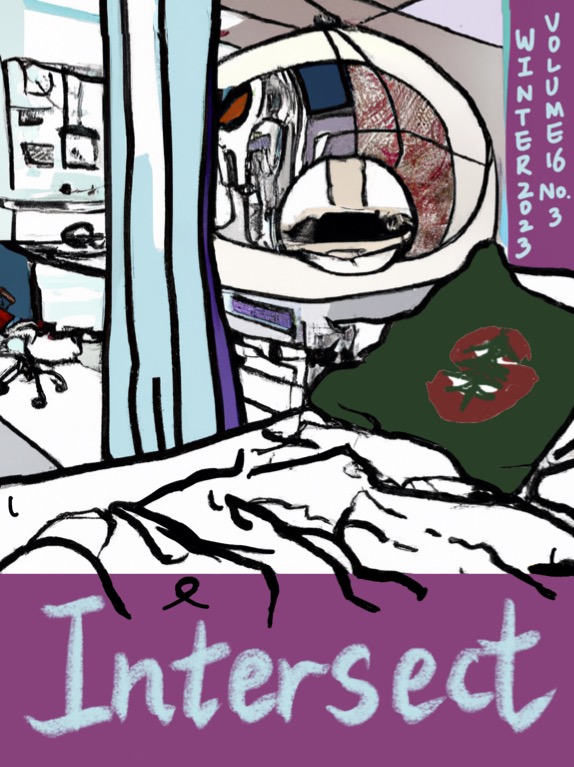Aiming to be the Top Gun
Military Recruitment, Propaganda, and Shaping the Image of War Through Popular Media
Abstract
The United States military and pentagon have a history of partially funding and providing resources for the creation of military/war movies and video games. These moves and video games are typically created for commercial audiences and are made by independent non-governmental institutions. These movies can have a conventional military setting like Top Gun (1986) and Black Hawk Down (2001) but can also include more unconventional war movies like X-Men: First Class (2011) and Transformers (2007-) movie franchise. Regarding videogames, this paper will look at how recruitment tools like America’s Army (2002-2008) have ingrained themselves into videogame culture and have provided the groundwork for future games like Full Spectrum Warrior (2002), Call of Duty (2003-) and Halo (2001-). This paper will investigate the role of military-centred media and how they relate to recruitment, the role of the United States military, and the perception of the military in society. Additionally, looking at the role of recruitment and how certain tropes that play a role in conventional advertisement transfer into popular media. This paper will argue that media about war, whether sponsored by the military or not, are inherently perpetuating positive messages about military/war and act as “psychological propaganda” influencing people’s perception of the institution and encouraging people to enlist.
Downloads
Published
Issue
Section
License
Copyright (c) 2023 Intersect: The Stanford Journal of Science, Technology, and Society

This work is licensed under a Creative Commons Attribution-NonCommercial-NoDerivatives 4.0 International License.
Authors who publish with this journal agree to the following terms:- Authors retain copyright and grant the journal right of first publication with the work simultaneously licensed under a Creative Commons Attribution License that allows others to share the work with an acknowledgement of the work's authorship and initial publication in this journal.
- Authors are able to enter into separate, additional contractual arrangements for the non-exclusive distribution of the journal's published version of the work (e.g., post it to an institutional repository or publish it in a book), with an acknowledgement of its initial publication in this journal.
- Authors are permitted and encouraged to post their work online (e.g., in institutional repositories or on their website) prior to and during the submission process, as it can lead to productive exchanges, as well as earlier and greater citation of published work (See The Effect of Open Access).

